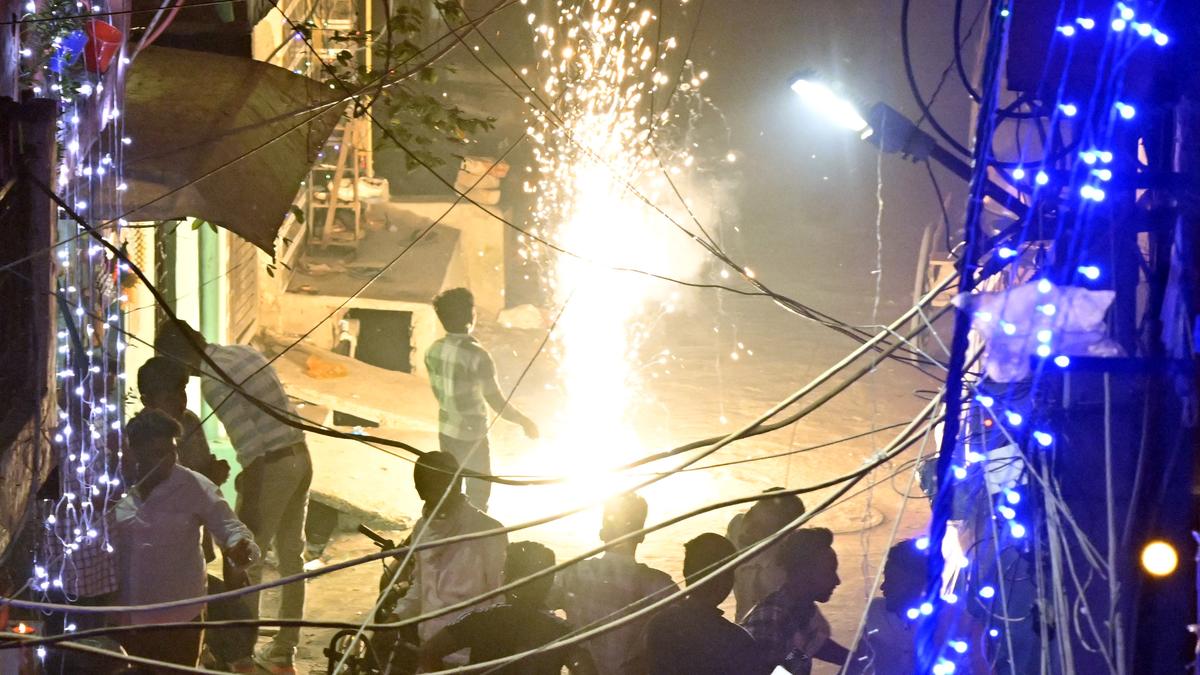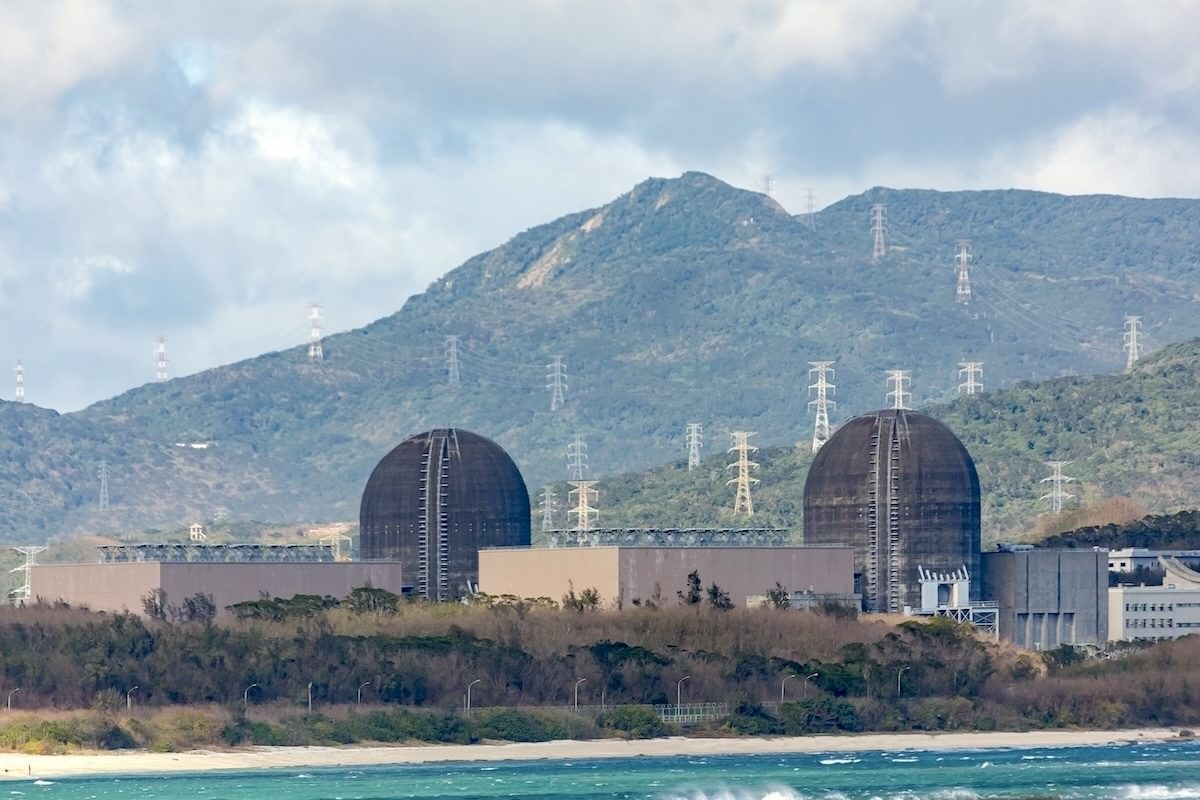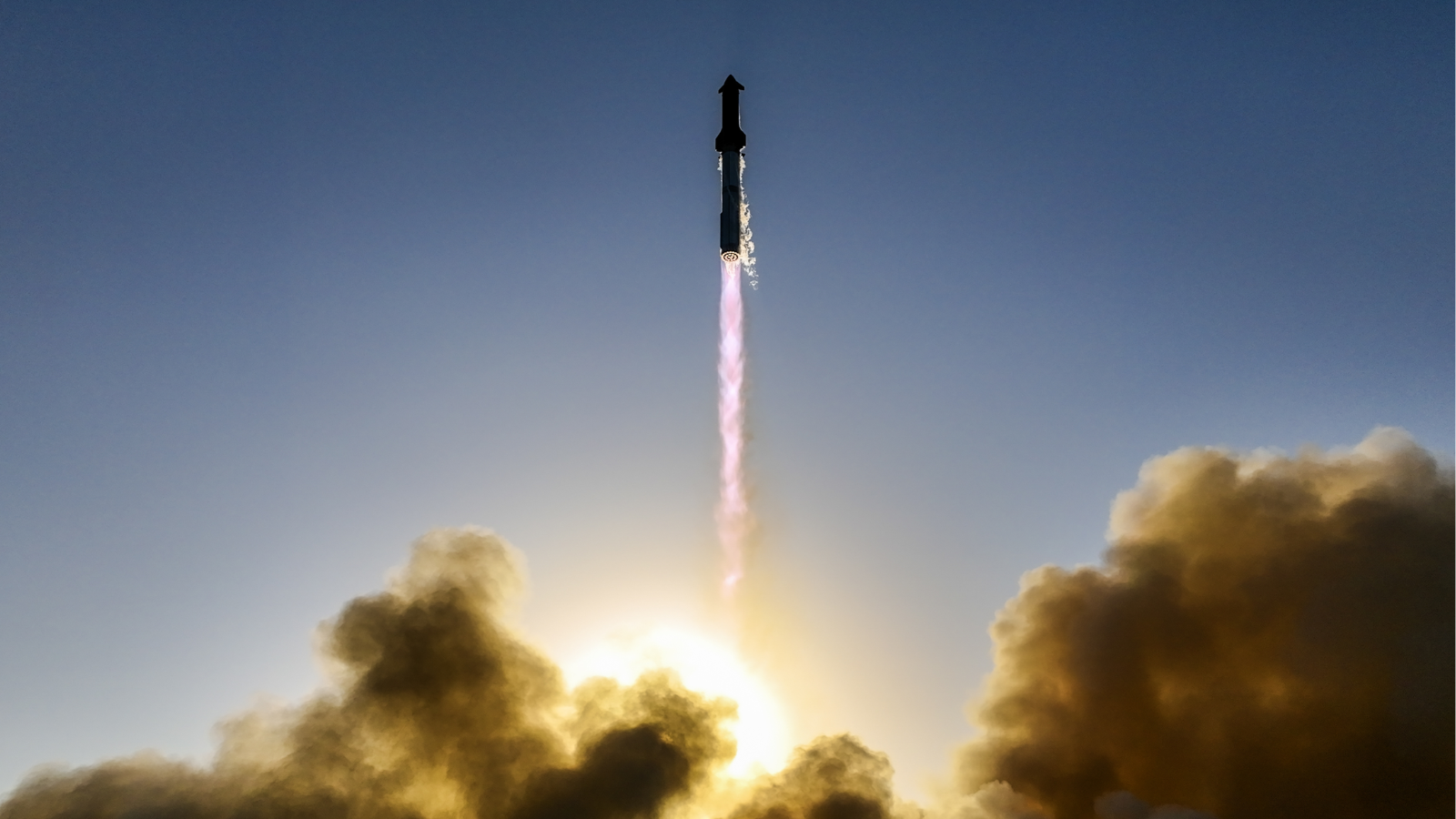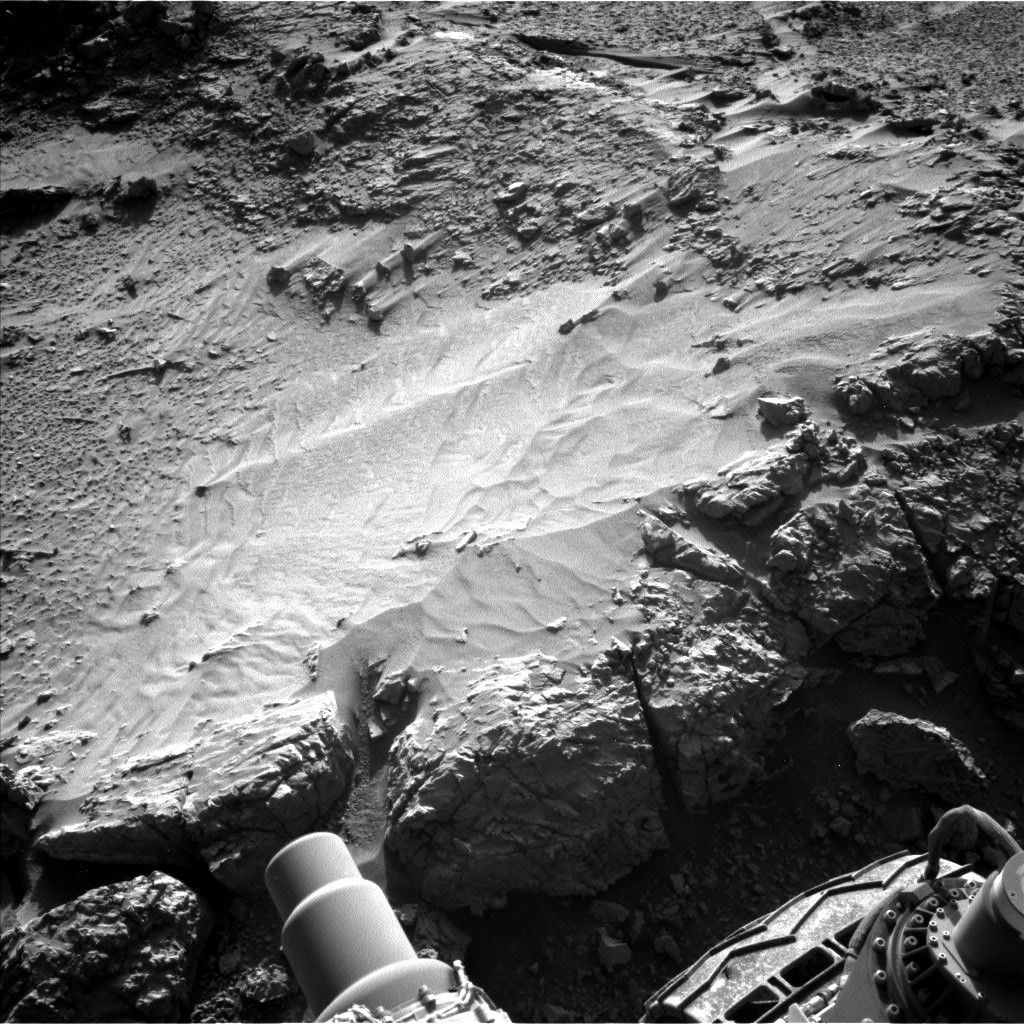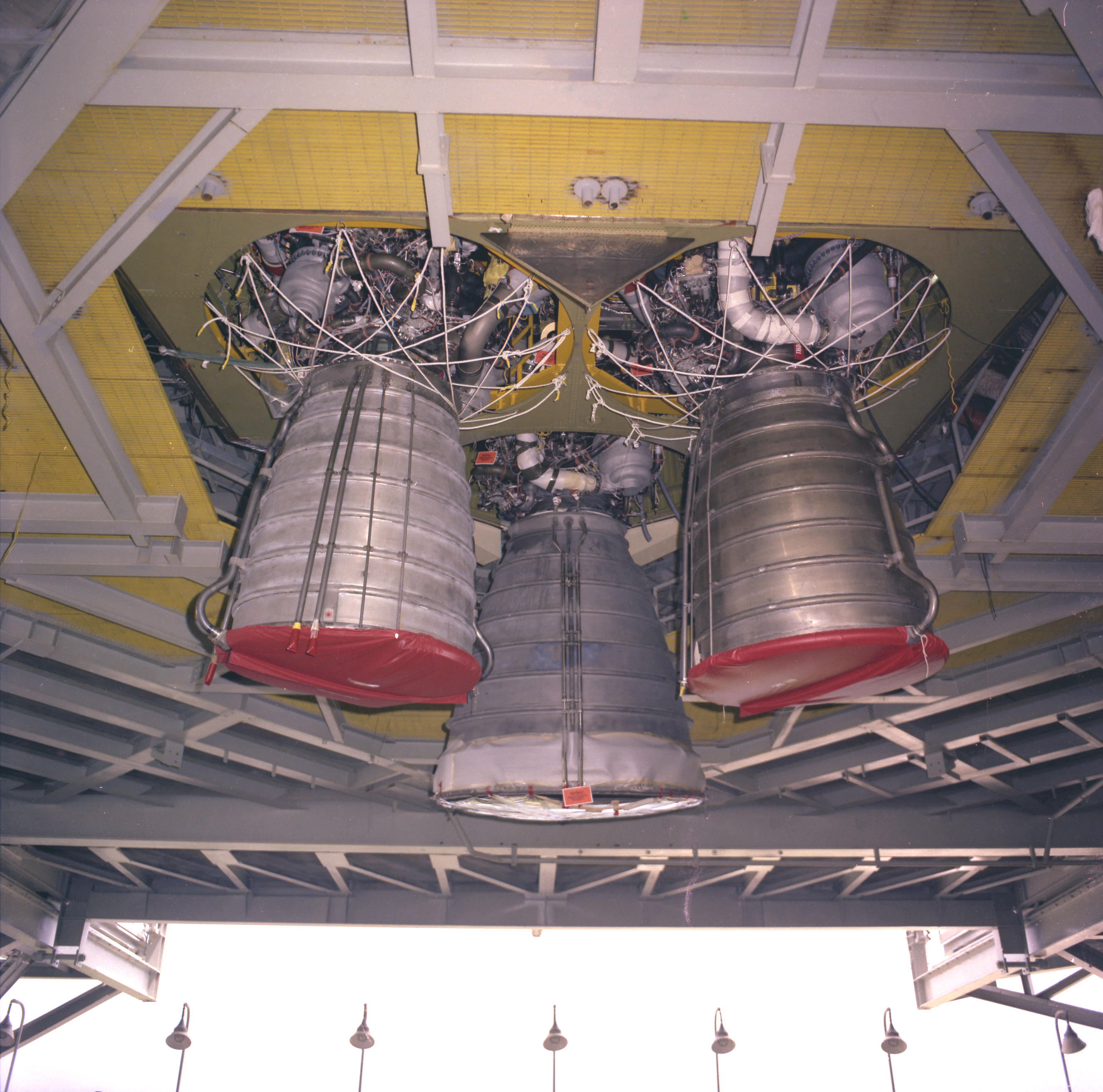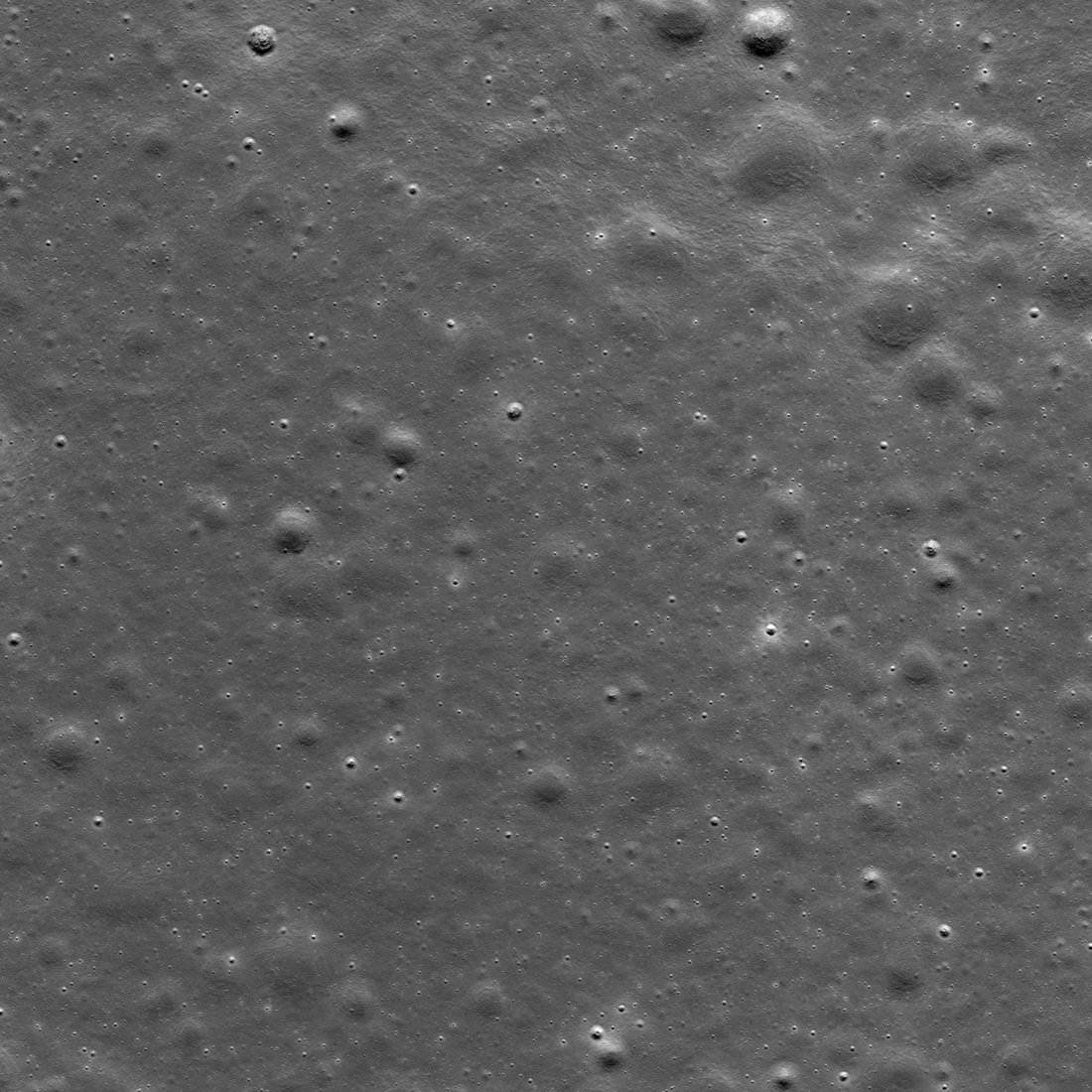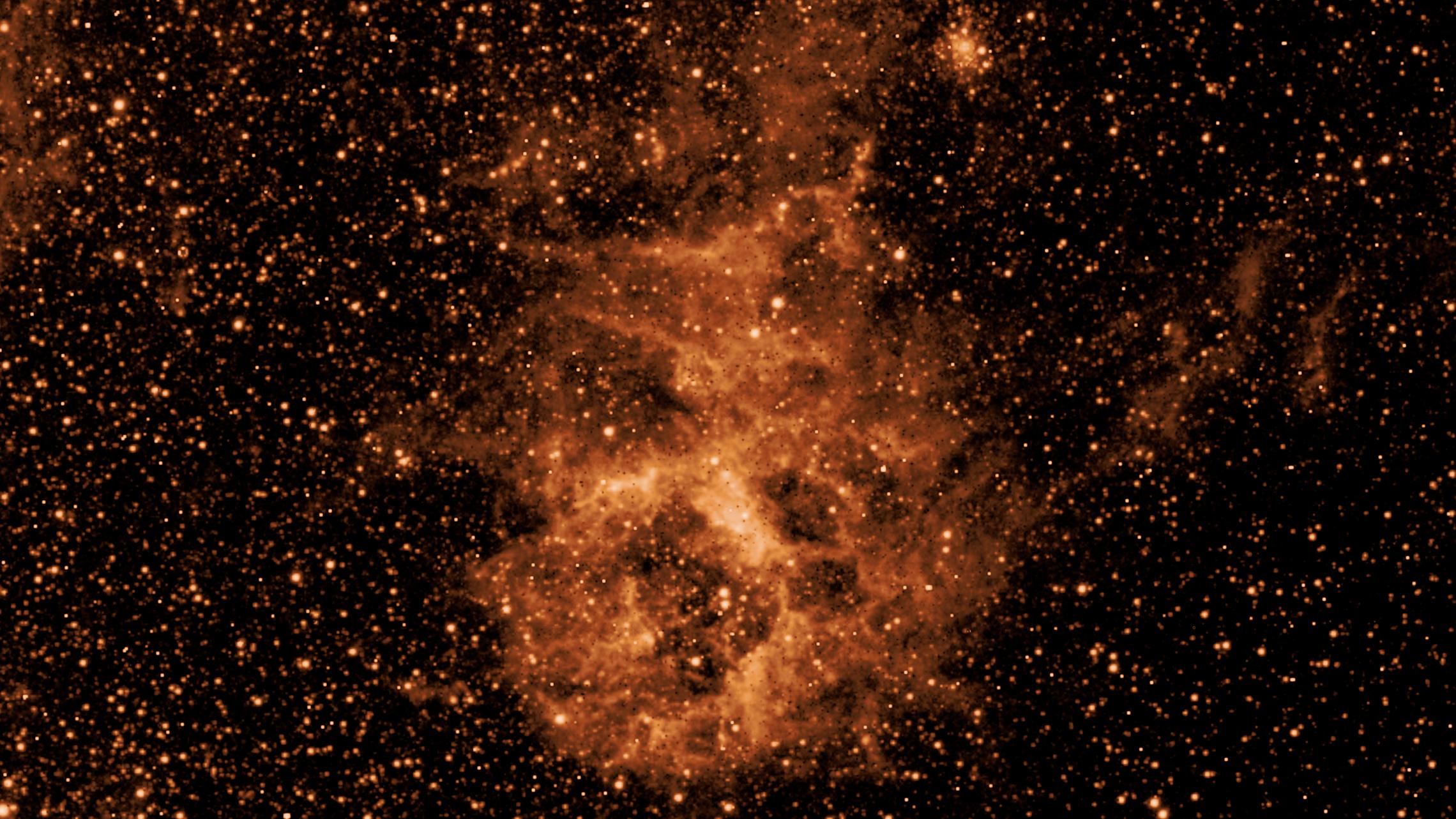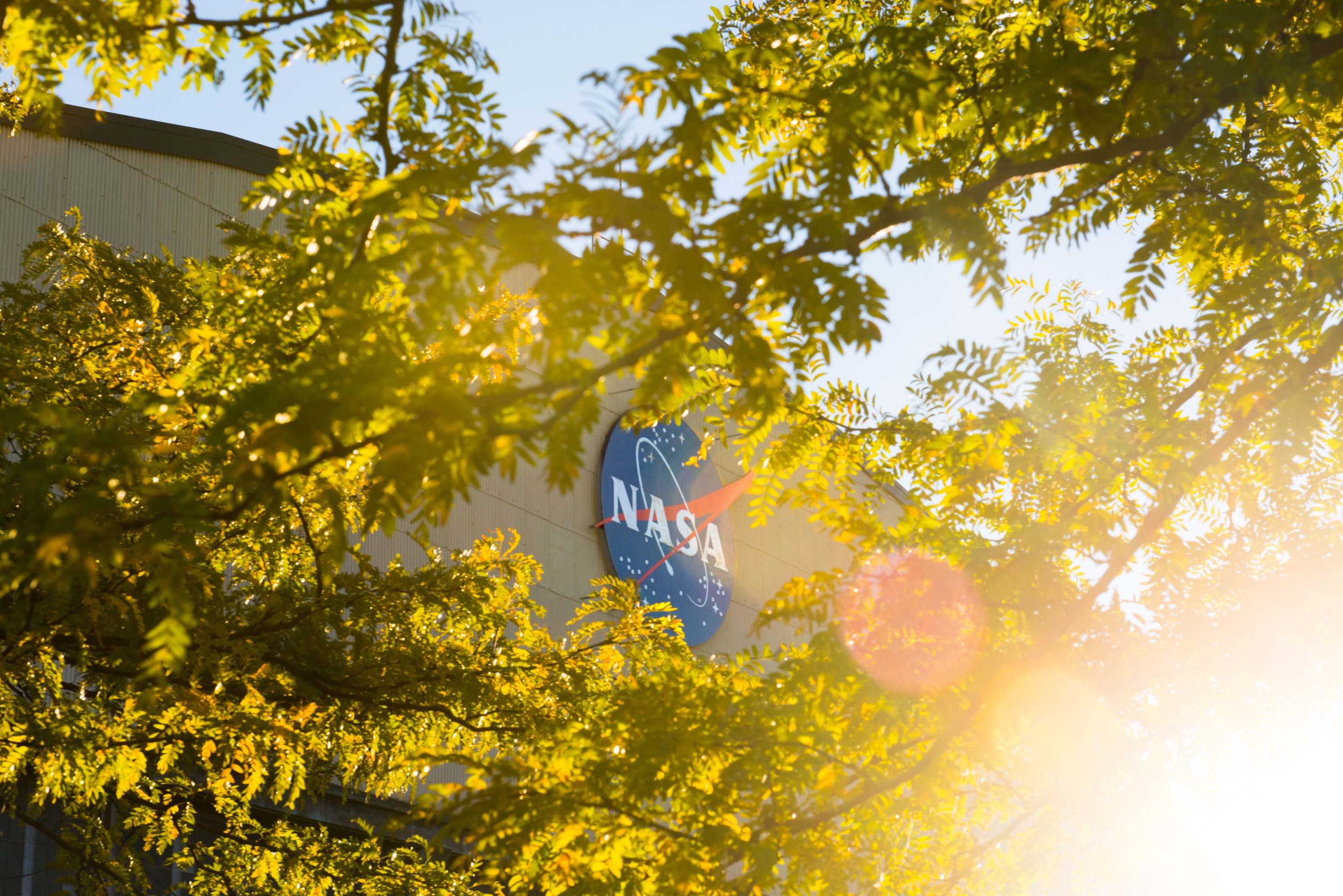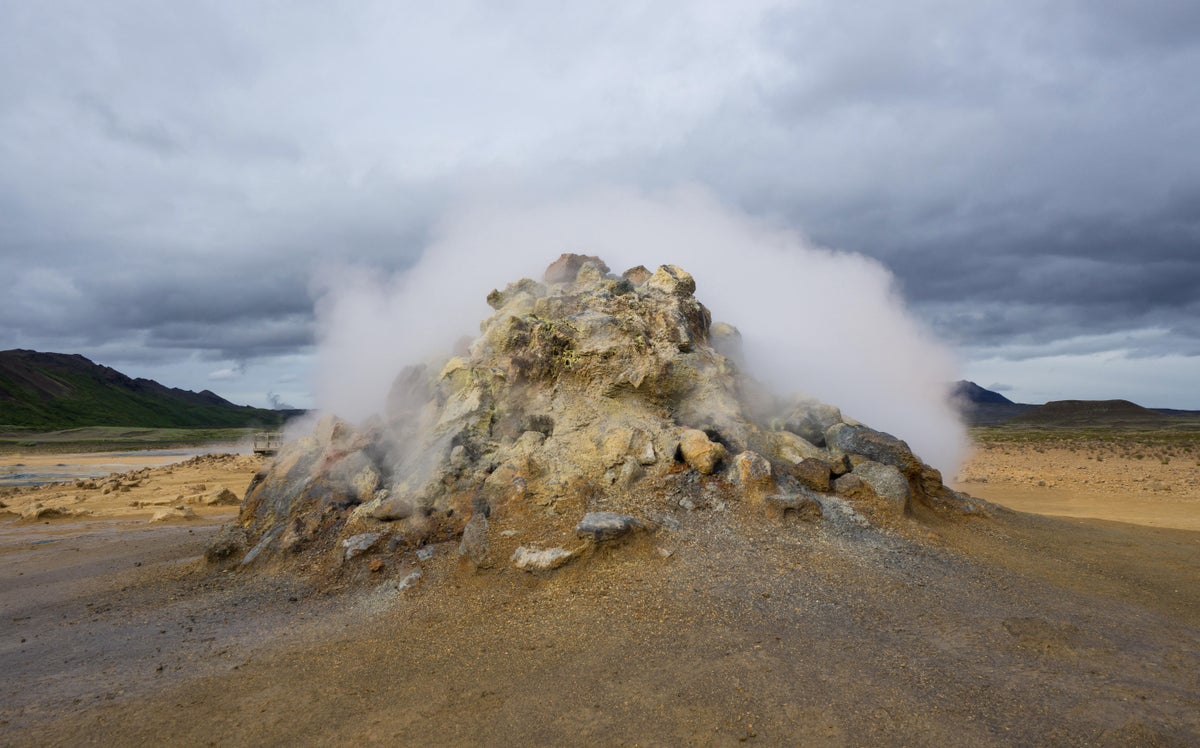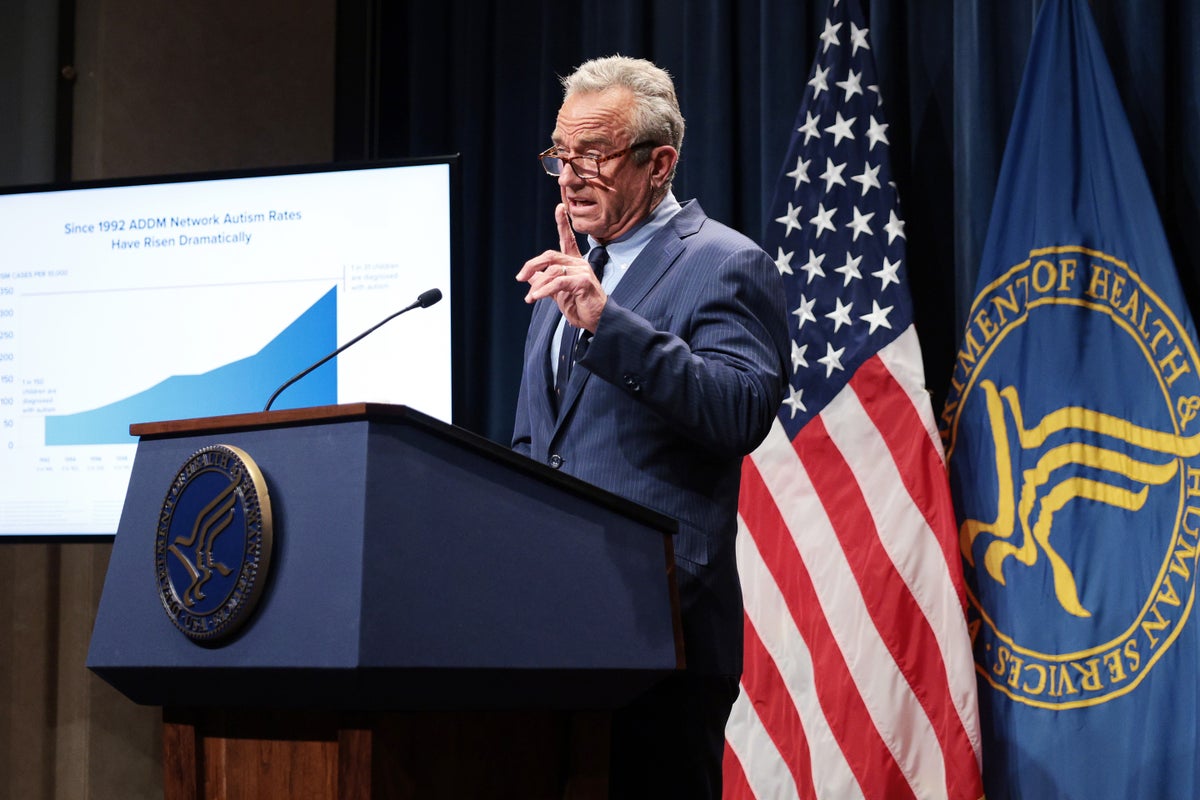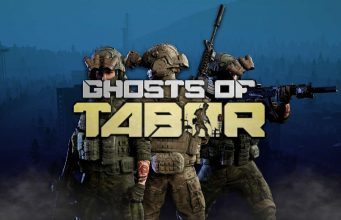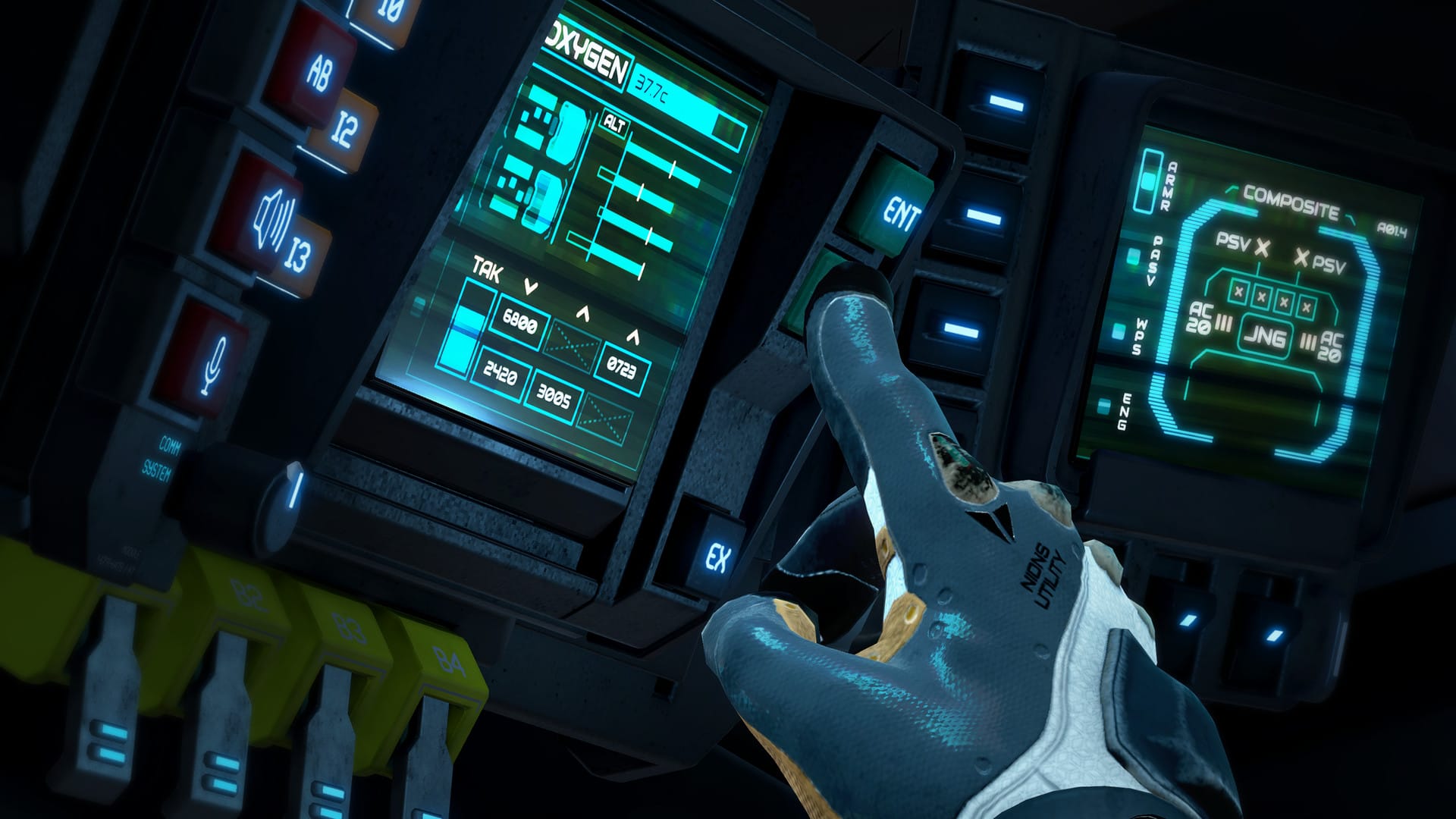The first US solar storm emergency drill did not go well
Massive geomagnetic storms can knock out power, damage satellites, and more. The post The first US solar storm emergency drill did not go well appeared first on Popular Science.

The federal government released the results of a multiday emergency drill intended to assess our ability to handle the next massive solar storm. Unfortunately, it sounds like there’s a lot of room for improvement. According to a report published earlier this month by the Space Weather Operations, Research, and Mitigation (SWORM) task force, institutions across the board need to better coordinate their interoffice responses, at the very least. Meanwhile, educating both themselves and the public on the complexities of cosmic forces that threaten societal infrastructures is a major must that remains unfulfilled.
Governmental emergency response agencies don’t only train for comparatively predictable events like hurricanes, wildfires, and other natural disasters—they need to be prepared for rarer or even far-fetched scenarios. Experts routinely review protocols and options for the next inevitable cataclysmic asteroid strike, for example. But while that kind of cosmic predicament only occurs roughly once every 25,000 years, massive solar storms happen more frequently. These flare-ups generate gigantic clouds of energized gas and dust that can bombard Earth at speeds of roughly 2 million miles per hour. Such particles subsequently distort the planet’s magnetosphere and produce atmospheric displays like the aurora borealis. But in an interconnected and digitized world, these forces can also wreak havoc on power grids, communications systems, and satellite arrays.
A first-of-its-kind emergency drill
In order to respond to these threats, government agencies need to coordinate. That is where SWORM comes in. Formed in 2014 to develop and advance national space weather preparedness, SWORM includes agencies like the National Ocean and Atmospheric Administration (NOAA) and the Department of Homeland Security (DHS).
The task force hosted its first-ever Space Weather (SWx) Tabletop Exercise (TTX) on May 8 and 9, 2024 across the Johns Hopkins Applied Physics Laboratory and Colorado’s FEMA office. The scenario focused on four modules relating to the fallout from a series of solar events, including loss of GPS functionality, power outages, radio blackouts, orbital satellite communication disruptions, and even extreme radiation exposure for astronauts.
As Gizmodo notes, the hypothetical emergency occurred over eight days in early 2028. In this situation, an active solar region begins to flare as it rotates towards a position aimed at Earth. Intensifying this simulated crisis is the variable that a two-astronaut Orion spacecraft crew is en route to the Moon, while another pair of Artemis astronauts are already situated on the lunar surface.
The organizers then asked each participating agency group what protocols they had in place to handle such a priority problem. The results, while productive, laid bare just how difficult it still is for state and national agencies to coordinate on something as fundamentally complex as geomagnetic storms. This related both to the emergency responders themselves and the general public.
“Space weather is a complex subject and its potential impacts are not well understood outside of NOAA and NASA,” reads the report, adding that participants, “without space weather expertise struggled to translate the scientific information and determine what the specific impacts would be on Earth.”
“There is a strong need to educate not only government and agency staff but the general public, as well,” SWORM concluded.
Another issue is that many relevant government institutions lack Continuity of Operations (COOP) plans for solar storms.
“Even those organizations that include space weather in their documents fail to provide clarity regarding how and at what point a COOP would be activated for this type of event,” states the report.
30 minutes or less
However, even if agencies implement better response protocols and clearly articulate risks to the public, the fact remains that a solar storm’s lead time is incredibly short. Currently, experts are only able to accurately assess the incoming impacts of a coronal mass ejection around 30 minutes before it reaches Earth. SWORM noted “significant discussion was dedicated” to just how little a half an hour’s heads up affords agencies, and suggested developing an advanced warning system—even if it’s relatively imprecise.
Another conclusion was the need to more heavily invest in more advanced space weather satellite systems, along with deploying a new generation of sensors capable of monitoring the complex factors underlying cosmic conditions. This could be accomplished through collaborations with both international partners and private companies.
While the drill’s results aren’t the most comforting, nearly all participants reported leaving the event with a better understanding of solar storms and their consequences, as well as the need for better interagency communications about space weather. Ironically, SWORM couldn’t have asked for a better event grand finale: exactly one day after the meeting, an extreme geomagnetic storm hit Earth that temporarily affected power grids and satellite orbital patterns.
The post The first US solar storm emergency drill did not go well appeared first on Popular Science.

























